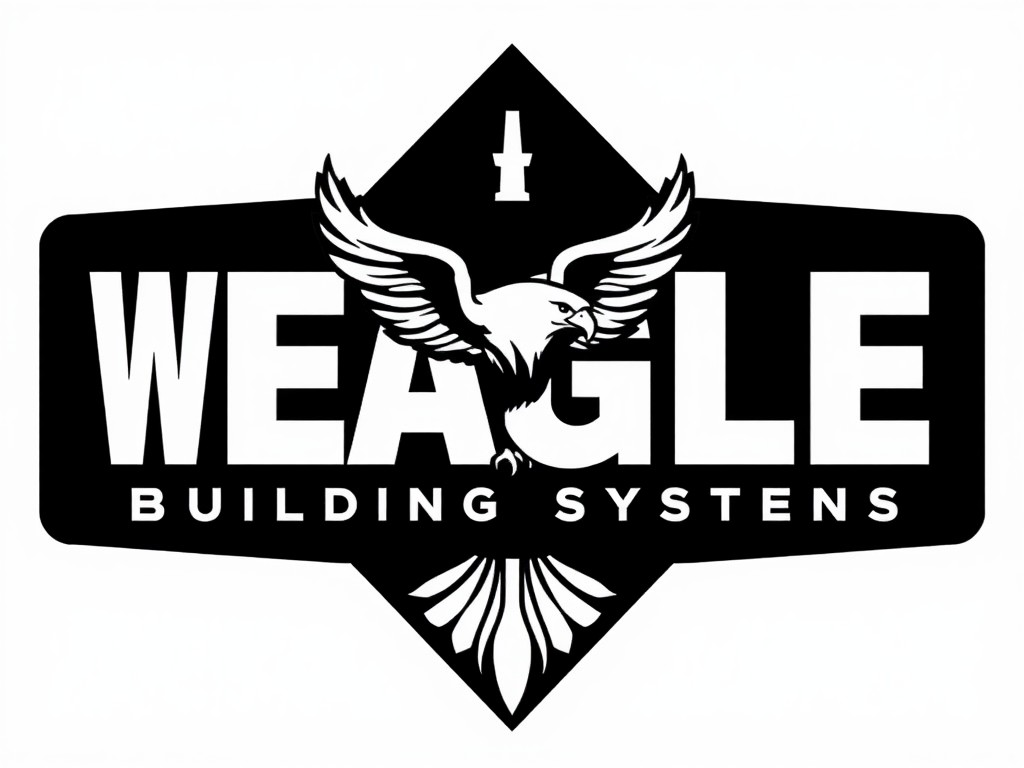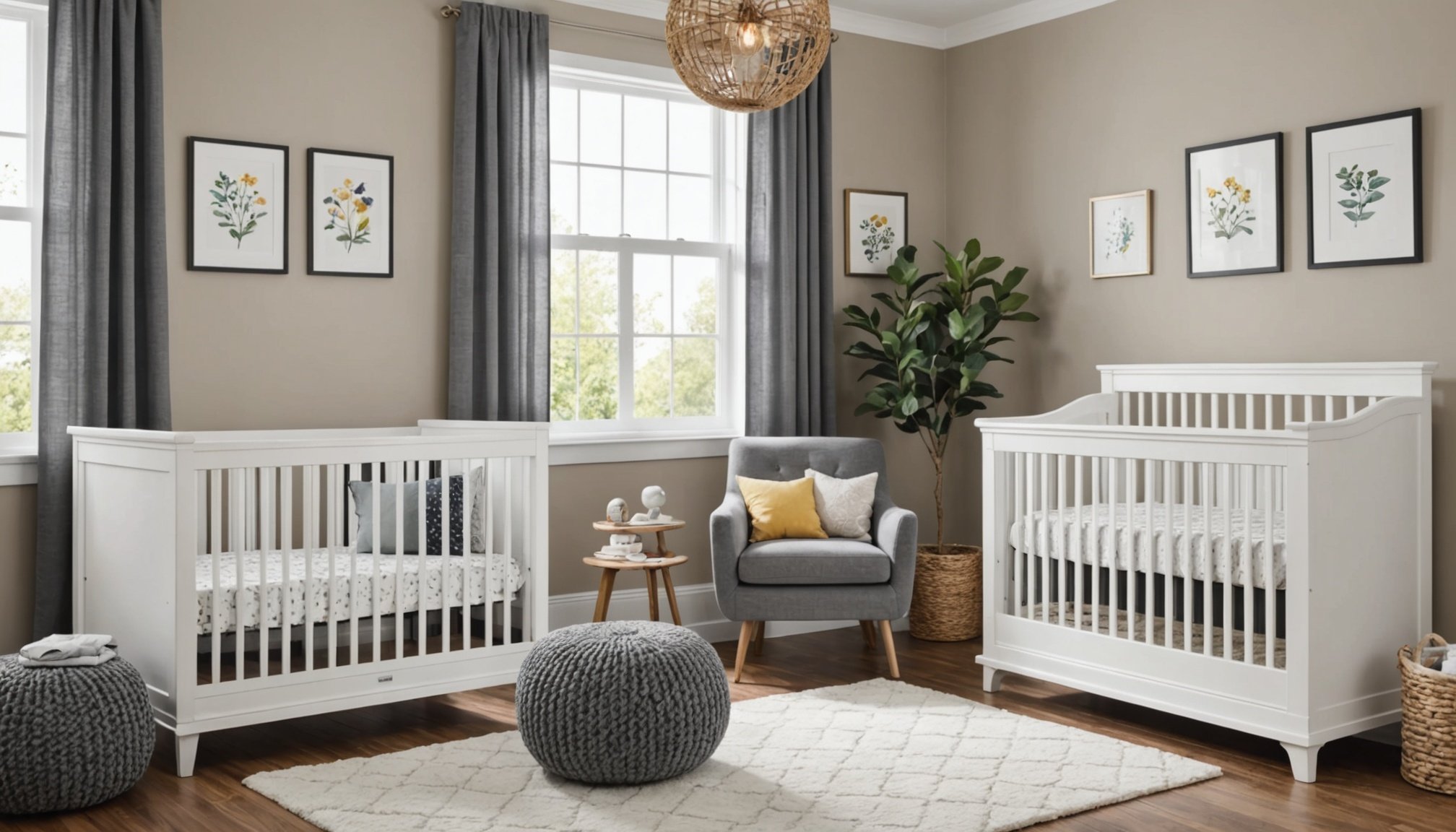Understanding Allergens in the Nursery
When it comes to our smallest family members, allergen awareness is crucial. In nursery environments, several common nursery allergens pose potential threats to infants’ health. These often include dust mites, pet dander, pollen, and mold. Each has distinct characteristics that can trigger allergic reactions, such as sneezing, rashes, or breathing difficulties. Understanding these allergens is the first step in mitigating their impact.
Infants, owing to their developing immune systems, are particularly susceptible to allergens. Exposure can sometimes lead to chronic respiratory issues or skin conditions. This emphasizes the need for creating safe spaces within nurseries. By identifying and managing allergens, parents and caregivers can significantly improve the nursery environment.
Have you seen this : Top Ergonomic Elements to Consider When Choosing Your Ideal Customizable Home Office Chair
To create an allergy-proof space, focus on reducing allergen exposure. Regular cleaning routines, utilizing air purifiers, and choosing hypoallergenic materials for bedding and toys can be effective strategies. Additionally, maintaining proper ventilation can minimize moisture accumulation, deterring mold growth. By implementing these measures, we not only safeguard infants’ health but also ensure their comfort and overall well-being.
Choosing Hypoallergenic Materials
Choosing hypoallergenic bedding is a thoughtful step for ensuring your baby’s comfort. These bedding options often include materials like organic cotton or bamboo, which are designed to minimize allergens. Their natural fibres are less likely to contain irritants, helping to reduce skin reactions and respiratory issues.
In parallel : Transform Your Kitchen: Innovative High-Tech Designs with Energy-Efficient Appliances
When selecting safe nursery materials, it’s crucial to consider the type of paint used on the walls. Opt for low-VOC (volatile organic compounds) paint, which releases fewer pollutants into the air. This kind of paint is not only better for the environment—it’s significantly safer for your baby’s developing lungs.
Furniture materials pose another important consideration. It’s advisable to avoid those prone to accumulating dust and mites, such as upholstered pieces with heavy fabric. Instead, anti-allergen options like solid wood or metal are excellent choices. They are naturally resistant to mould and dust buildup, creating a healthier nursery environment.
By focusing on hypoallergenic bedding, safe nursery materials, and anti-allergen furniture options, you create an environment that lowers the risk of allergic reactions. In the end, these efforts lead to a safer and more comfortable living space for your baby.
Air Quality Control Strategies
Creating a healthy environment in a nursery involves improving air quality through effective strategies like using air filters and proper ventilation.
Importance of Air Purifiers
Air purifiers play a crucial role in reducing allergens like dust, pollen, and pet dander. They help by capturing airborne particles, thus decreasing the risk of respiratory issues.
Tips for Maintaining Proper Ventilation
Proper ventilation is another key factor in maintaining optimal air quality. Ensure windows are opened regularly to allow fresh air in, which can effectively reduce indoor pollutants. Use exhaust fans in areas like bathrooms to eliminate moisture and prevent mold growth, which can further compromise air quality.
Recommended Air Filter Types and Their Effectiveness
When choosing air filters, High Efficiency Particulate Air (HEPA) filters are highly recommended. These filters can capture up to 99.97% of particles as small as 0.3 microns. For those seeking additional air cleaning, activated carbon filters are excellent for removing odors and chemical pollutants. By employing these strategies and using effective air filters, you can significantly improve the air quality in your home.
Cleaning Practices to Minimize Allergens
Managing allergens through effective cleaning can significantly enhance indoor air quality. Employing the best cleaning tips ensures reduced allergen accumulation. Regular vacuuming with a HEPA filter vacuum is crucial in allergen management, capturing fine particles like dust mites and pollen. High-touch surfaces, such as your nursery, should be wiped down with a damp cloth daily to prevent the buildup of allergens.
When selecting safe cleaning products, opt for those labelled “fragrance-free” and “non-toxic.” These products are preferable for allergy-sensitive areas, minimizing exposure to harsh chemicals that might aggravate symptoms.
In the nursery, cleaning should be prioritized using effective techniques. Bedding should be washed weekly in hot water to kill dust mites. Floors should be vacuumed and mopped twice a week, using a mild, non-toxic cleaner for the latter. Plush toys benefit from regular laundry cycles, and those not washable should spend time in the freezer to reduce mite populations.
By adopting these practices, you create a healthier environment conducive to comfort and peace of mind, ensuring allergenic elements are kept at bay.
Expert Recommendations and Personal Experiences
Navigating allergen management in nurseries can be challenging, but expert advice and anecdotal insights provide valuable guidance. Pediatricians and allergists emphasize using hypoallergenic materials and maintaining a dust-free environment as effective strategies. They suggest choosing flooring that’s easy to clean, as carpets often trap dust and allergens.
Parents’ personal stories shed light on practical ways to create allergy-proof nurseries. Many describe investing in air purifiers equipped with HEPA filters and using encasements for mattresses and pillows as game-changers. These measures significantly reduce airborne particles that trigger allergies.
Community experiences reveal that even small steps can make a noticeable difference. One popular tip is washing nursery fabrics, including curtains and plush toys, frequently in hot water. This reduces allergen build-up over time.
A community-driven approach enhances the sharing of best practices, offering reassurance that other families face similar challenges. Parents recommend regular community discussions or forums, as they provide real-time advice and emotional support. Tips like selecting décor that’s easy to clean and avoiding heavy drapes harmonize expert recommendations with practical, lived experiences, creating a well-rounded set of strategies.
Long-Term Maintenance of an Allergy-Proof Nursery
Maintaining an allergy-proof nursery requires ongoing effort. Ongoing allergen management is critical for ensuring your child’s well-being. Start with strategies like regular dusting and vacuuming using HEPA filters. Consistently clean air purifiers to maintain air quality. These actions are essential components of nursery upkeep.
Nursery upkeep involves periodically washing and replacing linens, curtains, and stuffed animals. Use allergy-proof covers for mattresses and pillows to minimise allergen exposure. This routine care helps prevent the accumulation of dust mites and allergens.
Health monitoring is vital in detecting any allergies early. Pay attention to any changes in symptoms and maintain a log, if necessary. This information can be crucial for healthcare providers evaluating any emerging issues.
Regular assessments of nursery materials ensure they remain hypoallergenic. Keep a proactive plan to address new potential allergens. This might include introducing new toys or cleaning products with caution, observing any reactions, and removing problematic items promptly.
By following these strategies for ongoing allergen management and adapting nursery upkeep practices, you contribute significantly to your child’s comfort and health. Emphasise vigilance and flexibility in your allergy-proof nursery approach.











